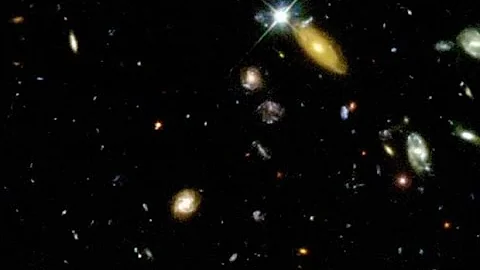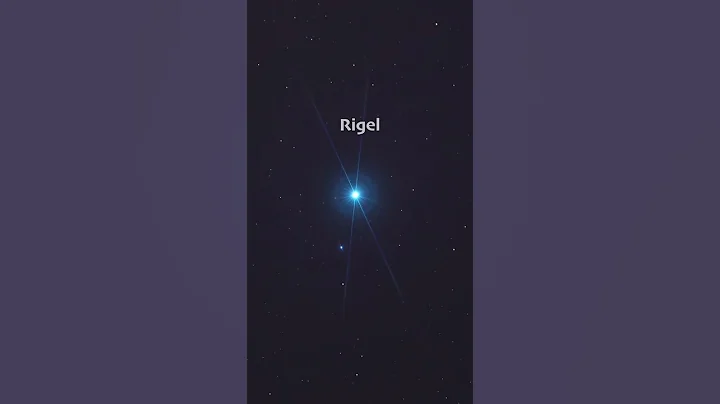All stars visible to the naked eye are part of the Milky Way . We know that our galaxy is not the only one, there are billions of galaxies forming the galaxy cluster . These large concentrations of galaxies form larger structures—galaxy filaments and lobes. But there are huge gaps between these fibers. We will discuss them in this article.

Although there are at least 100 billion galaxies - each with about 100 billion stars - and a lot of galactic dust, the universe is so vast that there is a huge space of between each star, And there is even more space and time between each galaxy. Even the closest star to Earth (the Sun) is nearly 150 million kilometers away, which means that despite traveling at 300,000 kilometers per second, the fastest thing in the universe (light) still takes 8 minutes to get here.

Where do the holes in the universe come from?
The large-scale universe has the structure of a sponge. The void occupies a major part of the universe. Such voids can be hundreds of millions of light-years across. The main way to study an individual void is to study it with the help of optical and radio telescopes, trying to find at least something in it. The galaxies and the empty supercluster are often studied, identified, and discussed together because they are thought to have a common origin. Astronomers call these voids voids (from the English word "emptiness").

The formation of the void is closely related to the evolution and formation of the entire universe. Some astronomers believe that the void was formed during the expansion of the universe, when the temperature of the universe was very high and quantum fluctuations were growing rapidly. They led to the emergence of regions of increased matter density, which in the future formed galaxies and their star clusters , while the voids in turn became regions of unusually low matter density.
Unfortunately, the material composition in the void is not yet clear. Because the density of ordinary matter in it is extremely low, its radiation cannot be captured at all, and the void itself is difficult to directly detect and observe. However, scientists believe that in these voids Most of them are filled with massive elementary particles that interact weakly with each other, that is, dark matter .

Void
The most well-known void in the universe is the Boots Void. It is located 700,000,000 light-years away in the constellation Boötes, hence its name. The diameter of this monster is impressive – about 330,000,000 light-years. A spaceship traveling at the speed of light would have to travel in absolute darkness for 330 million years to fly by.
Immediately after discovering the void, astronomers began looking for at least something in it and were able to detect approximately 60 galaxies in the vast void.

One of the hypotheses for the formation of giant cavities suggests that smaller cavities can merge into each other like soap bubbles to form giant cavities. Some scientists believe that Boots Void may have formed based on this principle.
The discovery of voids greatly influenced the development of cosmology and many models of cosmic evolution, and astrophysicists and cosmologists have repeatedly revised their understanding of galaxy formation and the universe as a whole.





















